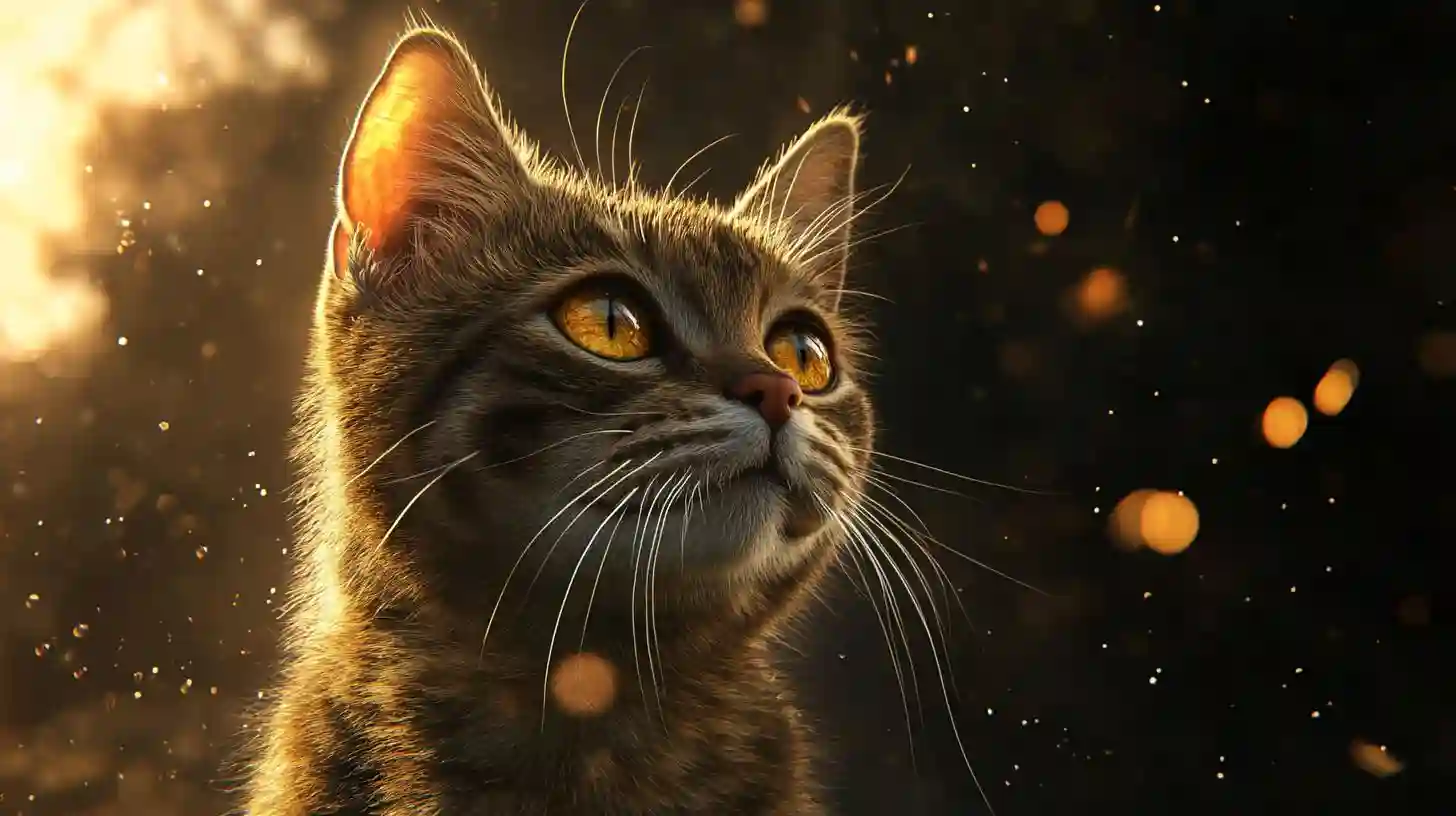
Throughout history, cats have held a special place in human culture, serving as companions, hunters, and subjects of reverence and myth. The rich tapestry of legends surrounding cats reveals their complex nature and the myriad ways they have been symbolically interpreted across different cultures. In ancient Egypt, cats were revered as sacred animals. The goddess Bastet, often depicted as a lioness or a woman with the head of a lioness, symbolized fertility, home, and domesticity. Cats were believed to bring good fortune and protection, and their killing was considered a crime punishable by death. This deep-seated reverence not only elevated the status of cats but also imbued them with an aura of mystery and power, connecting them to the divine.
In contrast, various European legends during the Middle Ages portrayed cats in a much darker light. They became associated with witchcraft and the supernatural, often depicted as the familiars of witches. The image of the black cat, in particular, became synonymous with evil, leading to widespread persecution and fears that resulted in the death of countless innocent felines. Beliefs around black cats varied; while some cultures viewed them as harbingers of bad luck, others saw them as protectors or bringers of prosperity. This duality in perception reflects societal attitudes towards the unknown and the mystical elements of nature.
Moving to the folklore of Japan, cats are celebrated differently. The “Maneki-neko,” or beckoning cat, is a popular talisman believed to bring good luck and wealth. These figurines often depict a cat with one paw raised, inviting fortune to enter homes and businesses. Additionally, in Japanese mythology, certain cats possess the ability to transform into human beings, often depicted in tales as mysterious, shape-shifting creatures. The “bakeneko” and “nekomata” are legends of such transformative cats that can cause mischief or disaster, showcasing the belief in their otherworldly powers and the fine line between benevolent and malevolent.
In ancient Norse mythology, the goddess Freyja traveled in a chariot pulled by cats, signifying love, beauty, and fertility. Cats were associated with the protection of the home and family, and it was believed that they possessed protective qualities. This connection illustrated how cats were viewed as guardians, offering a sense of safety and stability amidst the chaos of life. The reverence for cats in this context reflects their role as not merely pets but as integral, protective members of the household, blessing homes with their presence.
Celtic folklore also illustrates the mystical attributes of cats, particularly the idea of them acting as guides to the spirit world. The “Cat Sith,” a spectral black cat said to roam the Highlands of Scotland, was believed to have the ability to steal the souls of the deceased. This ghostly cat represents the connection between the living and the afterlife, serving as a symbol of the mysteries that surround death and the journey beyond. Cats, in these narratives, are not just creatures of the physical world but also embodiments of other realms, blurring the boundaries between reality and the supernatural.
In various African traditions, cats are seen as protective animals. In some cultures, they are believed to ward off evil spirits and protect homes. Their agility and hunting prowess have made them natural symbols of vigilance and independence, embodying traits that are often celebrated in folklore and tales. Furthermore, certain tribes hold cats in esteem, associating them with the divine and assigning them roles of guardianship and fertility, similarly echoing the themes found in other cultures where cats are revered.
Cats have also intertwined with literature and poetry, symbolizing qualities like independence, mystery, and elegance. In the works of authors such as Edgar Allan Poe and T.S. Eliot, cats embody the essence of the enigmatic and the graceful. Their portrayal in literature often echoes the elusive nature of inspiration, creativity, and intuition, highlighting how these animals resonate with the human experience.
The versatility of cats in symbolism through various legends not only highlights their significance in human culture but also reflects our deep-rooted fascination with these enigmatic creatures. From revered deities to misunderstood specters, the multifaceted representations of cats weave a narrative that transcends time and geography. The abode of mystery, guardianship, and duality characterizes how cultures perceive these fascinating animals. As we explore these stories and beliefs, we uncover not only the cultural significance of cats but also insights into our collective psyche, revealing the timeless connection between humans and their feline companions.